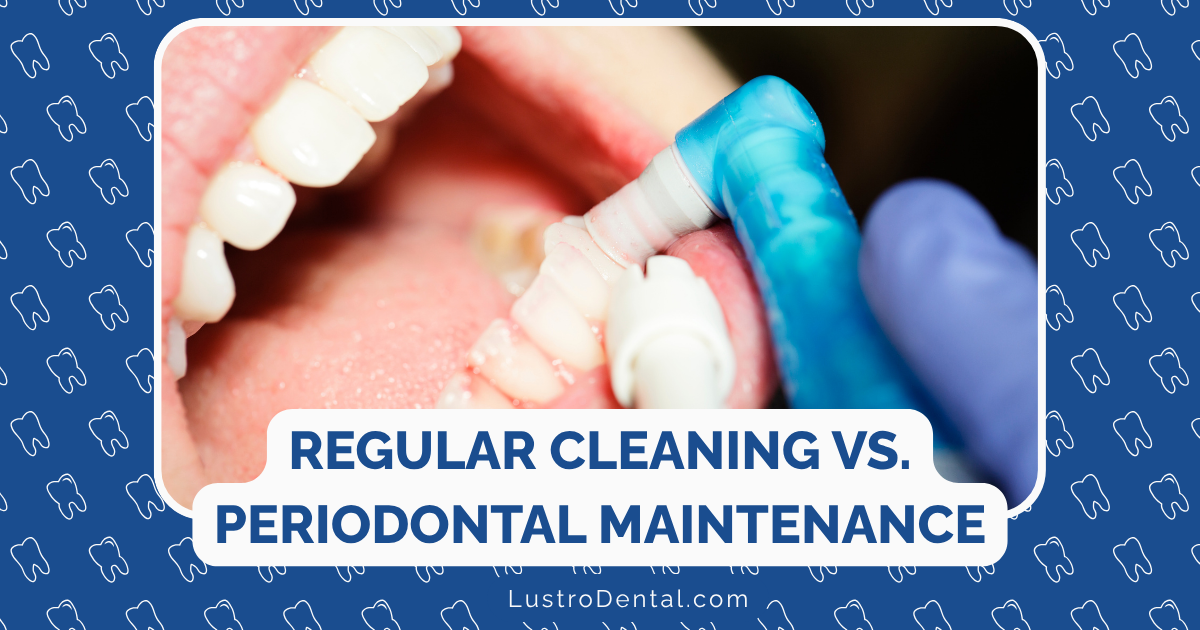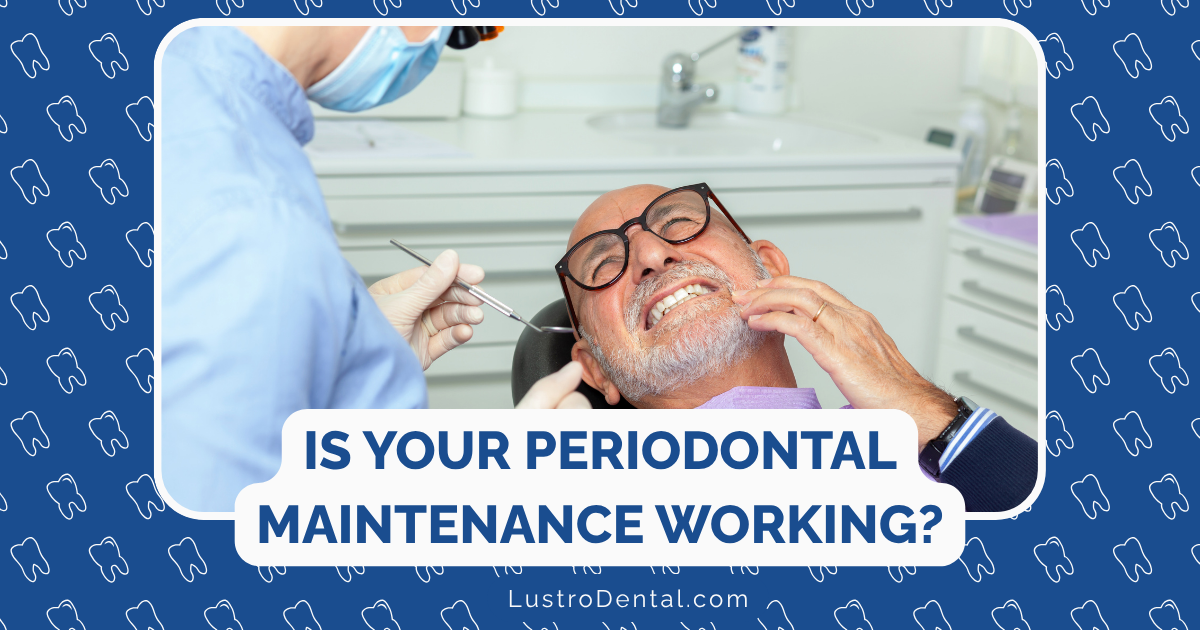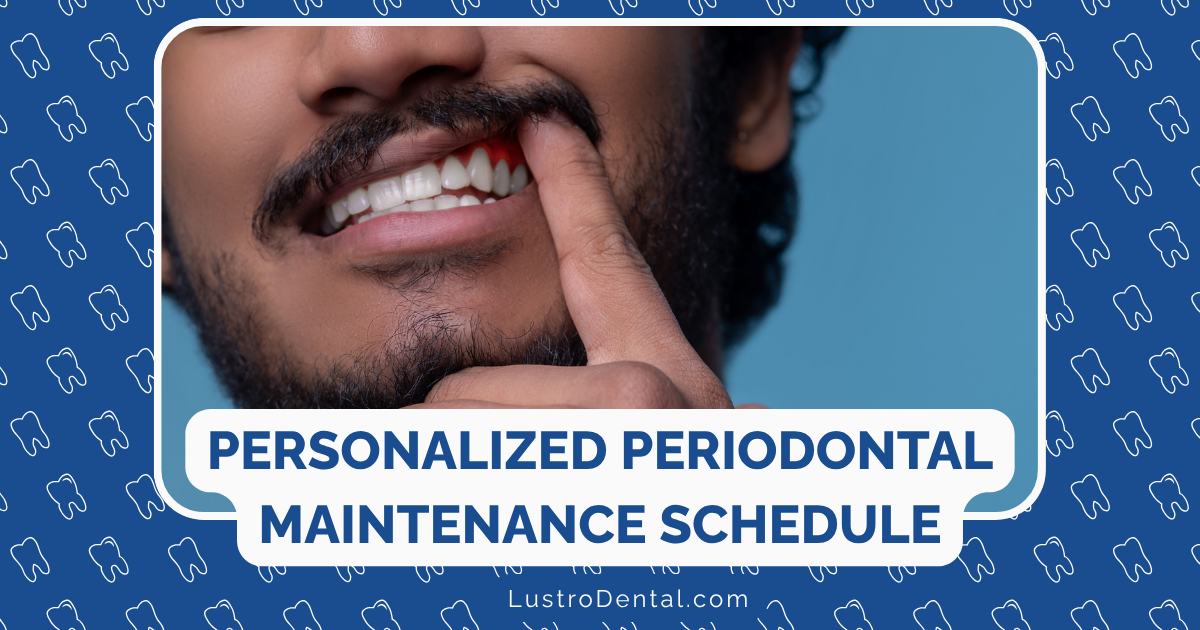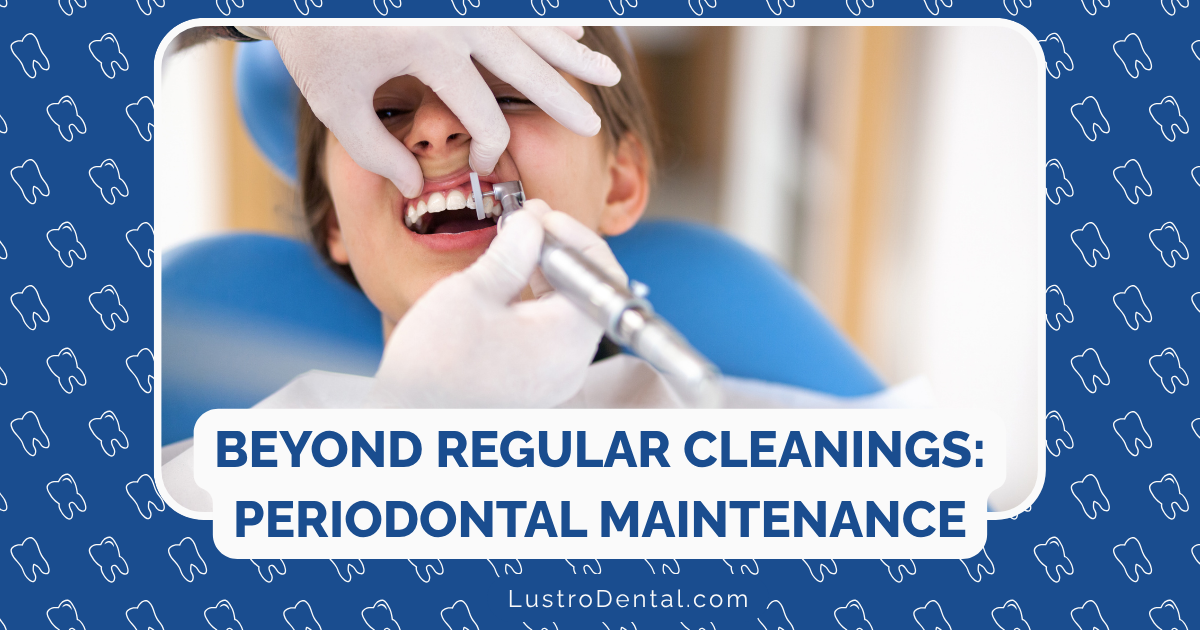Gum Disease and Diabetes: The Two-Way Relationship You Need to Understand

When I talk to my patients about diabetes and oral health, many are surprised to learn that the connection runs much deeper than they imagined. It’s not just that diabetes can affect your gums—your gum health can actually impact your diabetes too. This two-way relationship creates what healthcare professionals call a “bidirectional link” that can either work for you or against you, depending on how you manage it.
As someone who’s worked with countless patients navigating both conditions, I’ve seen firsthand how understanding this connection can be life-changing. Let’s break down what you need to know about this crucial relationship and the practical steps you can take to protect both your smile and your overall health.
The Startling Statistics You Should Know
Before we dive into the details, let’s look at some numbers that highlight why this topic deserves your attention:
- Nearly 42% of American adults have some form of periodontal disease, with severe forms affecting about 10% of the population—that’s nearly 750 million people worldwide.
- Diabetes currently affects 537 million people globally, with projections suggesting this number will rise to 783 million by 2045.
- People with diabetes are 3-4 times more likely to develop periodontitis compared to those without diabetes.
- Individuals with severe periodontitis have a 53% increased risk of developing type 2 diabetes.
- Effective periodontal treatment can reduce HbA1c (a measure of blood sugar control) by an average of 0.6%—a significant improvement comparable to adding a second medication for some patients.
These statistics aren’t meant to alarm you, but rather to emphasize that you’re not alone if you’re dealing with these conditions, and that there’s substantial evidence showing the importance of addressing both together.
How Diabetes Affects Your Gums: The First Direction
Diabetes creates several conditions in your body that can harm your oral health:
1. Compromised Immune Response
Diabetes weakens your immune system’s ability to fight infections, including those in your mouth. This makes you more susceptible to bacterial growth that leads to gingivitis (early gum disease) and periodontitis (advanced gum disease).
Dr. Maria Rodriguez, endocrinologist at Mayo Clinic, explains: “High blood glucose levels impair white blood cell function, which are your body’s first line of defense against bacterial infections in the mouth.”
2. Blood Vessel Changes
Diabetes causes changes to blood vessels, thickening their walls and reducing blood flow. This means fewer nutrients and oxygen reach your gum tissues and bones, making them more vulnerable to infection and slower to heal.
3. Elevated Glucose in Saliva
When your blood sugar is high, glucose levels in your saliva increase too. This creates an ideal environment for harmful bacteria to thrive, leading to more plaque formation and a higher risk of cavities and gum inflammation.
4. Dry Mouth
Many people with diabetes experience reduced saliva production, a condition called xerostomia. Saliva plays a crucial role in washing away food particles and neutralizing acids produced by bacteria. With less saliva, you lose this natural protection against tooth decay and gum disease.
5. Delayed Healing
High blood sugar levels slow down the healing process throughout your body, including your gums. This means that even minor gum irritations can take longer to heal and are more likely to progress to more serious infections.
How Gum Disease Affects Your Diabetes: The Second Direction
What many people don’t realize is that the relationship works both ways. Gum disease can actually make diabetes harder to control:
1. Increased Systemic Inflammation
Periodontal disease is essentially an inflammatory condition. The bacteria in infected gums trigger an inflammatory response that doesn’t just stay in your mouth—it can affect your entire body, including how your body processes insulin.
A 2025 study published in Frontiers in Cellular and Infection Microbiology found that inflammatory cytokines produced during periodontal infection directly impact insulin resistance, making it harder for your body to regulate blood sugar.
2. Bacterial Spread Through Bloodstream
Bacteria from infected gums can enter your bloodstream through bleeding gum tissue. Once in circulation, these bacteria and their byproducts can increase inflammation throughout your body, further complicating diabetes management.
3. Enzyme Production
Some periodontal bacteria, particularly Porphyromonas gingivalis (a key pathogen in gum disease), produce enzymes like dipeptidyl peptidase-4 (DPP4) that can interfere with glucose-induced insulin production.
4. Gut Microbiome Disruption
Recent research has revealed that periodontal bacteria can alter your gut microbiome, increasing intestinal permeability and leading to endotoxemia—a condition that promotes insulin resistance and worsens diabetes control.
5. Stress Response
Chronic infections like periodontitis trigger a stress response in your body, releasing hormones that can raise blood sugar levels and make diabetes management more challenging.
Warning Signs You Shouldn’t Ignore
Recognizing the early signs of gum disease is crucial, especially if you have diabetes. Watch for:
- Bleeding gums when brushing or flossing
- Red, swollen, or tender gums
- Persistent bad breath that doesn’t improve with brushing
- Receding gums that make teeth look longer
- Loose teeth or changes in how your teeth fit together when you bite
- Pus between your teeth and gums
- Changes in the fit of partial dentures
If you notice any of these symptoms, don’t wait—schedule an appointment with your dentist right away. Early intervention is key to preventing the cascade effect that can worsen both gum disease and diabetes.
Breaking the Cycle: Practical Management Strategies
The good news is that you can take steps to break this harmful cycle and create a positive feedback loop instead. Here’s how:
1. Prioritize Blood Sugar Control
Maintaining your blood glucose levels within your target range is perhaps the most important step you can take for both your diabetes and oral health.
- Monitor your blood sugar as recommended by your healthcare provider
- Take medications as prescribed
- Follow your meal plan
- Exercise regularly
- Manage stress through techniques like meditation, deep breathing, or yoga
According to the American Diabetes Association, managing blood glucose levels significantly lowers the risk for gum disease, cavities, dry mouth, and other oral complications.
2. Establish a Rigorous Oral Hygiene Routine
A consistent oral care regimen is essential for preventing gum disease:
- Brush thoroughly twice a day for at least two minutes using a soft-bristled toothbrush and fluoride toothpaste
- Floss daily to remove plaque between teeth where your toothbrush can’t reach
- Use an antimicrobial mouthwash to reduce bacteria
- Clean your tongue daily with a tongue scraper or your toothbrush
- Stay hydrated to help combat dry mouth
- Consider using an electric toothbrush, which can be more effective at removing plaque
3. Schedule More Frequent Dental Visits
While twice-yearly dental checkups are standard for most people, if you have diabetes, you may benefit from more frequent visits:
- Consider quarterly cleanings (every three months) rather than biannual visits
- Inform your dentist about your diabetes status, including any changes in your condition or medications
- Schedule appointments for when your blood sugar is typically well-controlled
- Don’t postpone treatment for dental issues—early intervention is crucial
A study from the National Institute of Dental and Craniofacial Research found that more frequent professional cleanings significantly reduced periodontal inflammation in patients with diabetes.
4. Make Strategic Dietary Choices
Your food choices affect both your blood sugar and your oral health:
- Limit sugary foods and beverages, which feed harmful bacteria in your mouth and spike blood sugar
- Choose fiber-rich foods like vegetables, beans, and whole grains, which help manage blood sugar and require more chewing, stimulating saliva production
- Include calcium and vitamin D-rich foods to support bone health, including the bones that support your teeth
- Stay hydrated with water rather than sugary drinks
- Consider sugar-free gum with xylitol, which can stimulate saliva flow and may help reduce cavity-causing bacteria
5. Quit Tobacco
If you smoke or use other tobacco products, quitting is one of the most important steps you can take for both your oral health and diabetes management:
- Tobacco use increases the risk of gum disease by up to 7 times
- Smoking makes diabetes harder to control
- Tobacco use reduces the effectiveness of gum disease treatment
- Quitting can improve circulation to your gums, helping them heal and fight infection
Resources like SmokeFree.gov offer support and strategies to help you quit.
6. Explore Advanced Treatment Options
If you already have gum disease, several treatment approaches can help:
- Scaling and root planing (deep cleaning) removes plaque and tartar from below the gumline
- Antibiotic therapy, either topical or oral, may be prescribed to control bacterial infection
- More frequent maintenance visits help prevent recurrence
- Surgical interventions may be necessary for advanced cases
- Emerging therapies like stem cell-derived exosomes show promise for treating both conditions simultaneously
A 2023 review in Biomedicine & Pharmacotherapy highlighted how stem cell-derived exosomes may help regulate the bidirectional link between periodontitis and diabetes by supporting bone remodeling, reducing blood glucose levels, and decreasing inflammation.
The Collaborative Care Approach: Your Healthcare Team
Managing the diabetes-periodontal disease connection works best with a team approach:
- Your endocrinologist monitors and helps manage your diabetes
- Your dentist and periodontist address your oral health needs
- Your primary care physician coordinates overall care
- You are the most important team member, implementing daily care strategies
Ensure all your healthcare providers know about both conditions. Dr. James Wilson, periodontist at the University of Pennsylvania School of Dental Medicine, recommends: “Bring your recent HbA1c results to dental appointments, and let your diabetes care provider know about any dental treatments you’ve received.”
Success Stories: Breaking the Cycle
Many patients have successfully managed both conditions by understanding their connection:
“After my diabetes diagnosis, my dentist recommended quarterly cleanings instead of twice a year. Within six months of this more aggressive approach to my oral health, my HbA1c dropped from 8.2% to 7.3%—without changing my diabetes medications. My endocrinologist was amazed at the difference it made.” — Michael, 57
“I had been struggling with gum inflammation for years despite good oral hygiene. When I finally got my blood sugar under better control, the difference in my gums was remarkable. My dentist noticed the improvement before I even told him about my improved diabetes management.” — Sarah, 42
Looking Ahead: Emerging Research and Treatments
Research into the diabetes-periodontal disease connection continues to evolve:
- Scientists are developing specialized oral probiotics targeting the specific bacterial imbalances found in people with diabetes
- Point-of-care HbA1c testing in dental offices may soon become standard, allowing for more integrated care
- Personalized risk assessment tools are being developed to identify those most vulnerable to the dual conditions
- Targeted anti-inflammatory therapies may help break the inflammatory cycle that connects the two conditions
The Bottom Line: A Proactive Approach Benefits Both Conditions
Understanding the two-way relationship between gum disease and diabetes empowers you to take control of both conditions. By implementing the strategies we’ve discussed, you can create a positive cycle where improvements in one condition benefit the other.
Remember that small, consistent actions make a big difference over time. Whether you’re brushing and flossing diligently, keeping your blood sugar in check, or making that overdue dental appointment, each step you take supports both your oral health and your overall wellbeing.
Your mouth truly is a window to your overall health—and when it comes to diabetes, that connection is especially significant. By giving your oral health the attention it deserves, you’re making an investment in your quality of life that pays dividends far beyond just having a beautiful smile.
Have you noticed changes in your oral health after a diabetes diagnosis, or improvements in your blood sugar after treating gum disease? Share your experiences in the comments below.
Disclaimer: This article is for informational purposes only and does not constitute medical advice. Always consult with qualified healthcare providers for diagnosis and treatment.







